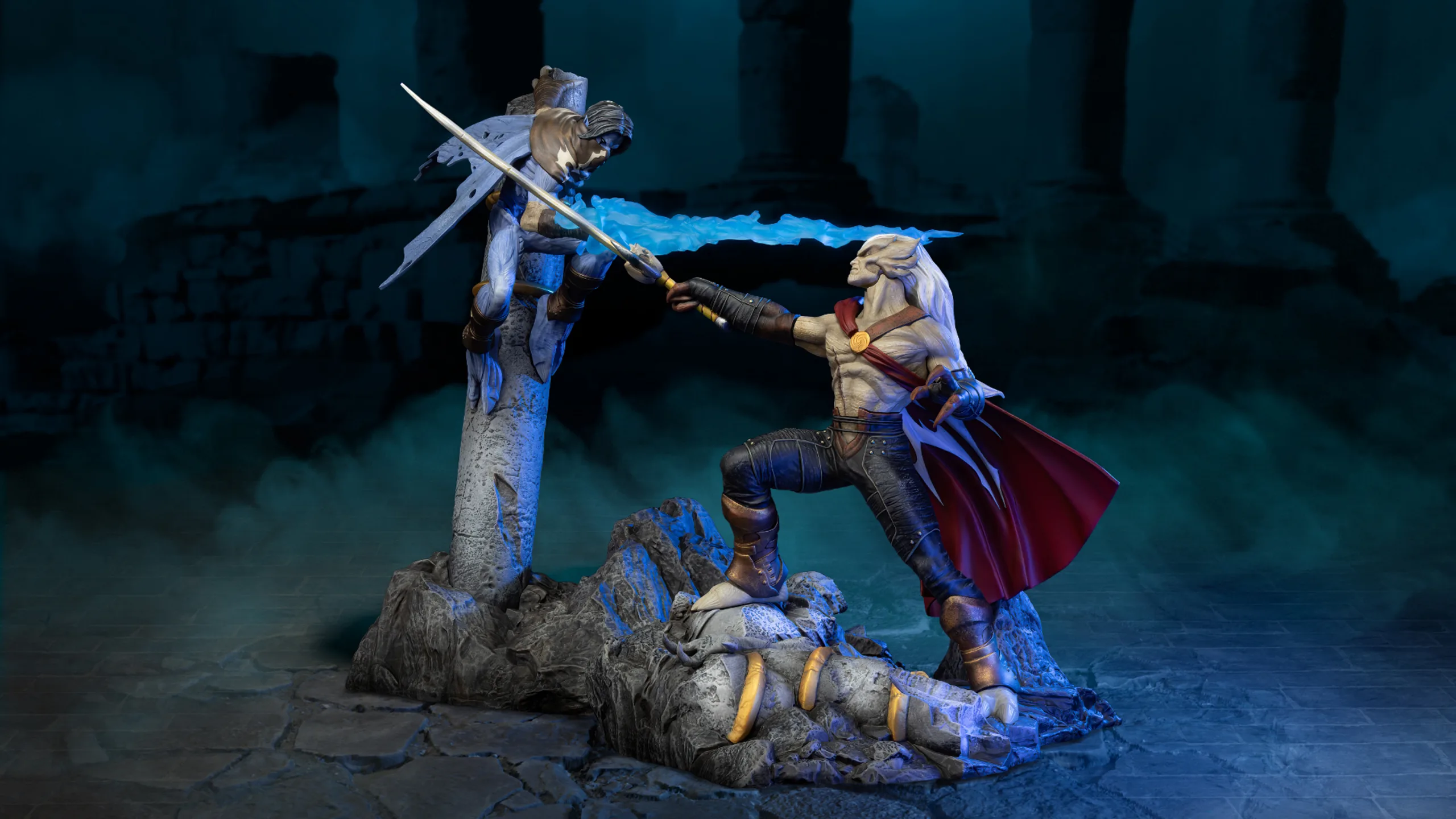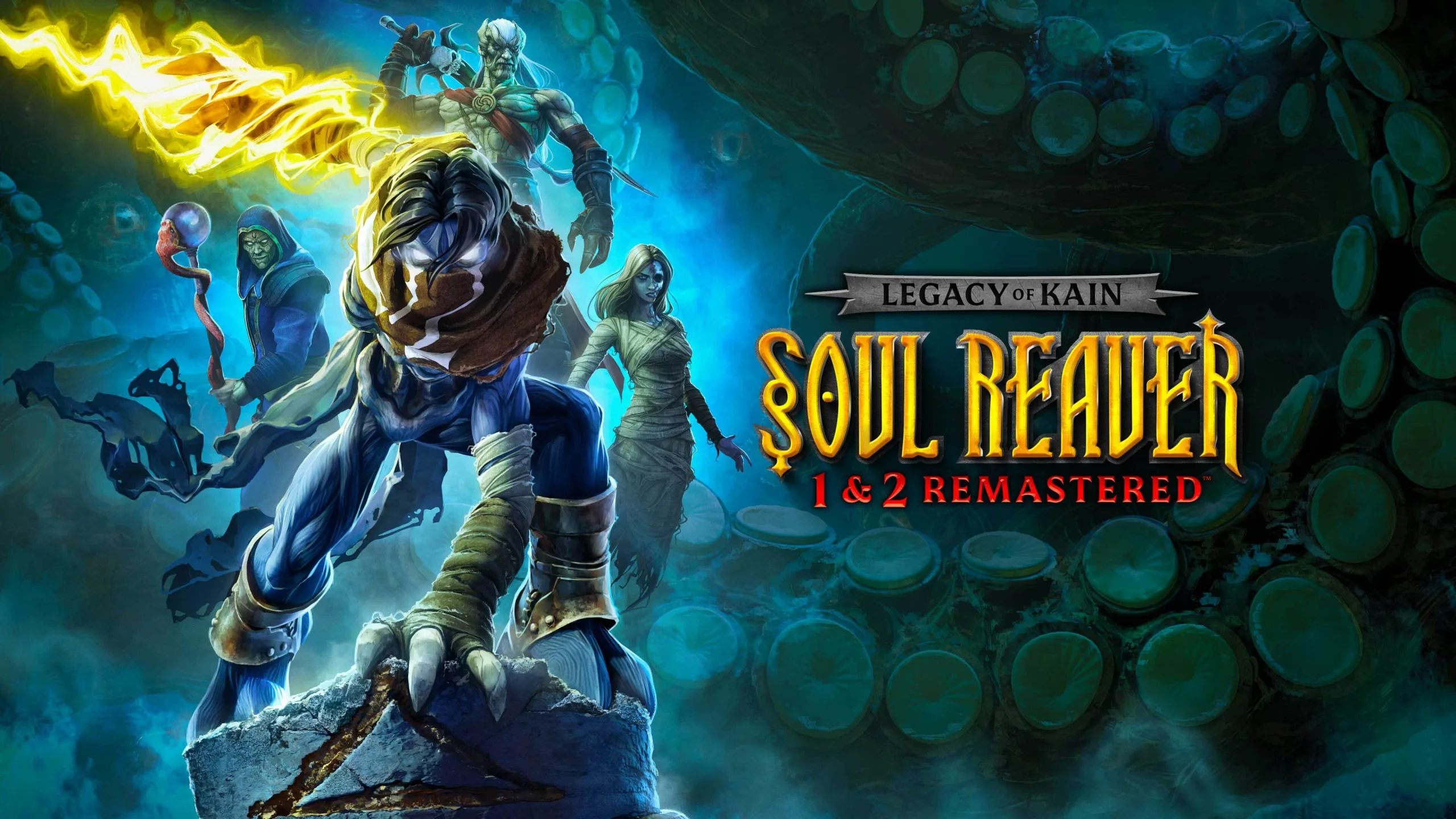


Happy Holidays From Crystal Dynamics

Happy Holidays everyone! It’s Vanessa, gearing up for the long holiday – which many of us use as a time to relax, sit back, and tackle that growing pile of great games released each year! While Christmas traditions are common in the United States and have become popular worldwide, we often say ‘Happy Holidays’ to acknowledge the many celebrations happening around the world as the calendar year closes. In this blog I explore what these diverse celebrations around the world entail. While the festivities themselves may be quite different, common themes include quality time with family and friends, reflection, and of course…great food!
Learn about the many holidays celebrated in December across the globe below!

December 7th – 15th | Jewish Holiday
Hanukkah is the Jewish festival that commemorates the rededication of the Second temple in Jerusalem. It’s celebrated over a span of eight days, with each day recognized via the lighting of a candle on the traditional menorah.
Several interpretations exist on how Hanukkah came to be, with one version told to recognize the triumph of Judah Maccabee over the Seleucid king of Syria, Antiochus III in 164 B.C., after Maccabee drove Syrians out of Jerusalem. They cleansed the Second Temple and lit the menorah with the remains of untainted oil expected to last for a single day, but it miraculously continued flickering for eight days.
Another version from Jewish scholars claim it may have been an iteration of Sukkot as a result of missing the observance during the Maccabena Revolt. In both interpretations, the occasion is celebrated with a rekindling of the menorah, reciting blessings, and displaying the menorah prominently in a window as a reminder of the olive oil miracle. Additionally, traditional foods are fried in oil to celebrate (typically potato pancakes and various doughnuts), singing Hannukah songs, exchanging gifts, and eating dairy.)

December 8th | Buddhist Holiday
Bodhi Day, also referred to as Buddha’s Enlightenment Day, commemorates when Siddhartha Gautama attained enlightenment ~2,600 years ago and became Buddha.
Siddhartha Guatama was originally a prince from Nepal who, at the age of 29, wanted to find a purpose in life after traveling and witnessing the anguish of aging, illness, and suffering in the world. It is believed that he spent many years seated under a peepal tree to meditate until he understood how to liberate oneself from suffering. Another iteration of the story of his enlightenment was that while meditating he continuously warded off Mara, the demon of illusion, who would tempt and harass him.
His enlightenment is documented in three stages: discovering his past lives in the cycle of rebirth, discovering the Law of Karma and the importance of living by the Noble Eightfold Path, and finally discovering the Four Noble Truths, reaching Nirvana.
Many celebrate by revisiting scriptures and prayer, decorating trees with bright, multi-colored lights to symbolize enlightenment, and engaging in various acts of kindness. Special family meals are prepared, and many will consume rice and milk in accordance with teachings that these were the sustenance that helped Buddha achieve his goals. Some Buddhists opt to celebrate the day in May or June, in closer alignment with Buddha’s Birthday.

December 16th – 24th | Mexican-Catholic Holiday
Las Posadas is the religious festival celebrated in Mexico and some parts of the US commemorating the journey that Mary and Joseph made from Nazareth to Bethlehem. The most notable aspect of the Las Posadas celebration is a festival beginning with a child dressed as an angel leading a procession through town. Other children are dressed in silver and gold carrying lit candles, poinsettias, and images of Mary and Joseph, with adults dressed up as Mary and Joseph. The procession visits selected homes and reenacts asking for lodging. While they’re denied, the homes they visit will often offer refreshments, read scriptures, and sing Christmas songs. Each day when the procession concludes, mass is held and the children break open piñatas containing candy, toys, and sometimes money. The night ends with a feast.
In other regions, instead of doing the full reenactment they have moved to other celebrations with the same desire to honor Mary and the coming of Jesus, such as La Gritería or Parrandas.

December 20th-22nd | Persian/Iranian Holiday, varies on day
Yaldā Night is an ancient festival in Iran, Iraqi Kurdistan, Afghanistan, Azerbaijan, and Turkey celebrating the winter solstice and is one of the most revered celebrations on the Persian calendar.
The holiday celebrates more than the solstice however: it highlights a time when pre-Islamic, Zoroastrian, and eventually Islamic traditions came together. Initially, the celebration derived from respect held for the solstice as an indicator of a shift of seasons and time, recognized when the longest night of the year would pass and the promise of increased light would begin.
In Iran, the holiday is focused on the deity Mithra who embodied the sun and was assumed to be born on Yaldā Night itself. This was read by many as Mithra’s birth being the ‘triumph over the darkness.’ Once Zoroastrian beliefs were introduced, it brought more significance to the day, highlighting the struggle between light and darkness. They had their own festivities dedicated to the deity of time and cosmic order.
Now, the longest and darkest night of the year is a time when friends and family gather to eat, drink, and read poetry and works of renowned Persian poet Hafez, and the Shahnameh until well after midnight. Fruits and nuts are eaten, and pomegranates and watermelons are particularly significant, as their red color symbolizes the crimson hues of dawn and glow of life. Like many of the traditions mentioned, there is also traditional music, exchanging of gifts, and the lighting of bonfires and candles to ‘bring light to the darkness.’

December 26th – January 1st | African American Holiday
Kwanzaa is an annual celebration of African-American culture culminating in a communal feast called Karamu, usually on the sixth day. It was first celebrated in 1966 when it was created by activist Maulana Karenga, and it is based on the various harvest festivals and traditions of West and Southeast Africa.
The goal of the creation of Kwanzaa was to afford Black people a holiday that could be separated from Christmas that celebrates our history and culture . Kwanzaa peaked in popularity during the Afrocentrist movement of the 1980s and 1990s and is now even celebrated by Black people in Canada and the Caribbean. The name Kwanzaa derives from a Swahili phrase: “matunda ya kwanza” which translates to ‘first fruits.’
Each family celebrates Kwanzaa in its own way, but celebrations often include songs and dances, African drums, storytelling, poetry reading, and a large traditional meal. Kwanzaa introduces seven principles: unity (umoja), self-determination (kujichagulia), collective responsibility (ujima), cooperative economics (ujamaa), purpose (nia), creativity (kuumba), and faith (imani). It also includes seven accompanying symbols:
- Mazao representing historical foundation,
- The mkeka providing foundation to stand and build upon,
- An ear of corn for fertility,
- The seven candles representing the pan-African flag and each day of the holiday
- the kinara candleholder for the stalk which we stem,
- The ceremonial kikombe cha umoja cup for the Karamu festival,
- And meaningful gifts to encourage growth, success, and self-determination.
Some who participate also wear traditional African clothing during the holidays.

December 31st | Japanese holiday
Omisoka is a Japanese traditional celebration that is typically held on the final day of the year. Originally it was celebrated on the 12th month of the lunar year, but once they moved over to the Gregorian calendar it shifted to December 31st. The root of the holiday is to celebrate the close of the year and traditionally, this would be the way of acknowledging the ‘purification’ of many things: new furniture is brought, debts and deals are ‘balanced out,’ and year-end gifts are generously given.
At midnight, you will hear a temple bell rung exactly 108 times, which calls back to the prayer beads that Japanese Buddhists use. The beads are symbolic of the ‘perfect circle’ that opens and closes the year, the world as it exists, and the Zodiac and it’s digits. Modern adaptations of the bell ringing have become more of an attraction, enticing Buddhists from around the world and tourists to observe for a fee, or even participate in ringing the bell themselves.
To celebrate Omisoka, extensive cleaning goes underway for some to help bring in the new year ‘with a clean start.’ Large quantities of pine, bamboo, and plum are placed at the entrance of most homes to welcome the start of the new year. After houses are cleaned, families gather for traditional dinners of buckwheat noodles and spiced sweet sake. Houses are often decorated with ornaments and decorations specific to the new year, and mirror rice cakes are available which consists of rice cakes of two different sizes, symbolizing the old year and the new year, and a bitter orange for good luck.
These are just some of the many holidays celebrated this time of year around the globe, but the blog is already pretty lengthy with just having scratched the surface! Wherever you are this season, and however you celebrate: Happy Holidays, from the Crystal Dynamics team!
-Vanessa B!


